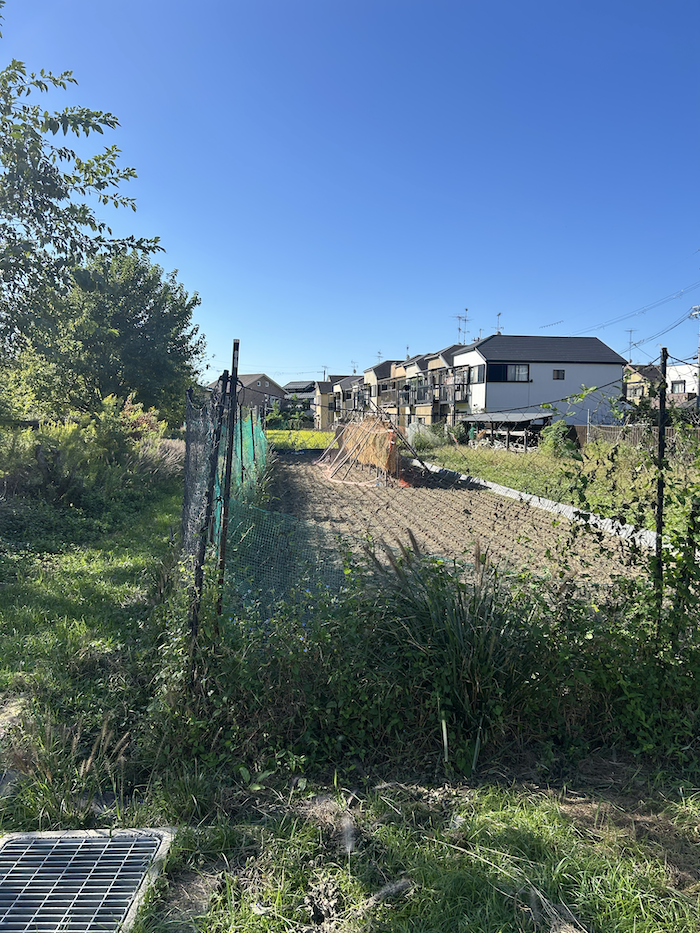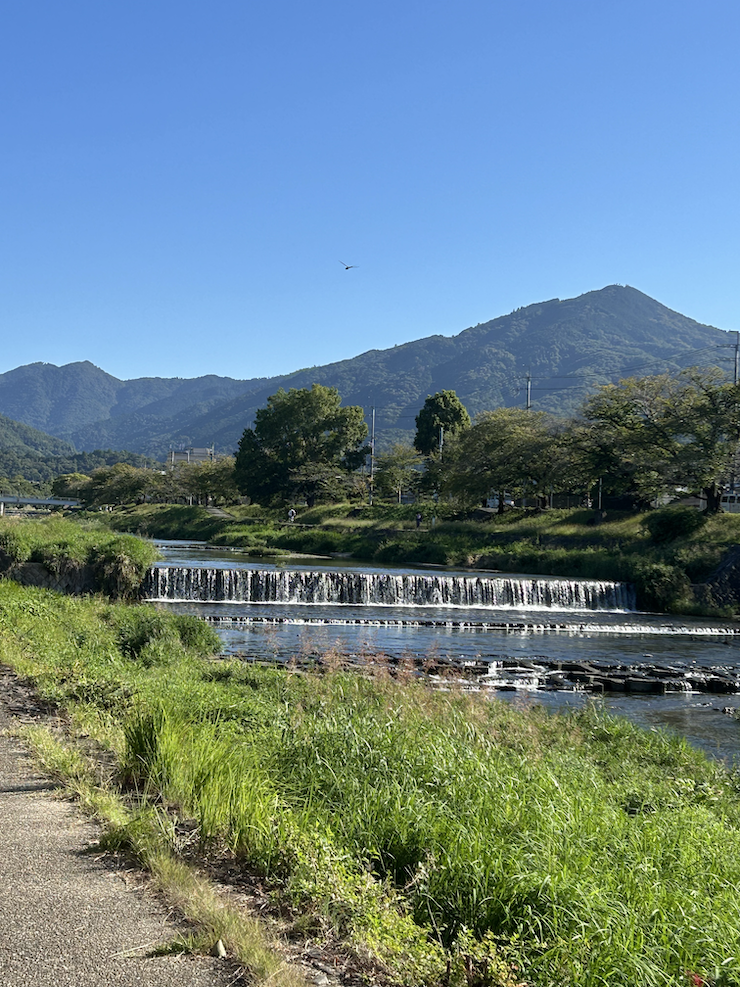This Tuesday record will certainly provide some insights into life for a westerner (me) that is working for an extended duration at Kyoto College in Japan but who for many years of functioning right here has progressively started to recognize the language and neighborhood cultural traditions.
Farming in metropolitan locations
One of the striking aspects of residing in Japan is the scale of life– whatever is small– houses, automobile, stores (numerous), small manufacturing, etc.
And while there are industrial areas situated far from suburbs, in a similar fashion to what I am used to in Australia, it is likewise usual to see a mix of land utilizes within residential areas– houses, stores, factories, farms etc.
Where I run a whole lot in the North of Kyoto along the rivers, I frequently see sites such as this within a suburb.
It is a rice farm slice after harvest with the rice hanging up on the standard drying out racks– 稲木 (hasa)– although they are called differently relying on the region one is in.
This Fall practice returns centuries and the 稲木 are usually large straight poles, originally from bamboo stalks.
Yet it turns out that Japan has traditionally had a series of drying out systems– drying out straight poles as in the image and vertical poles with the rice hanging off them in bundles.
In some situations, the farmers made use of to lay the “cut grain stalks on the field”, but that system was prone to the climate (rot) and so on.
Every Fall in rural Japan one encounters this sort of scene.
By hanging the ears of rice on the hasa and enabling the sunlight and the wind to dry the grain, the farmers achieve much less breaking of the grain and a better flavour.
Rice dried in this manner tastes better.
Nonetheless, the technique is in decline since the larger range ranches are progressively using modern threshing and drying out equipments.
I have been rather curious about the background of these racks and the drying huts, which are extra building versions of the easy post racks.
I review some publications on the subject and uncovered that the most simple grain drying shelfs in Europe (an enduring method) are really similar to those in East Asia (including Japan).
However as the racks come to be much more architectural, the differences emerge in woodworking methods and layout.
Offered my interest in Japanese woodworking and structures, that was enough to require more research.
And I located that while these structures could seem uninteresting there remains in reality an entire history of scholastic research concerning them– which is among the factors I enjoy being a scholastic– we get to dig into all sorts of things that could usually escape the attention of others.
Reviewing this publication– Grain Drying Out Racks: Society and Typology of Timber Structures in Europe and East Asia — which was created by Austrian design scholastic Klaus Zwerger and published in English (from the German in 2011 in 2020, supplies a substantial amount of information.
I won’t write in information below and if you believe you want a meal in the subject I suggest this research.
It is a great deal much less time consuming that wading through the Japanese language literary works, although there are some timeless studies by Japanese scholars that I have been reading.
Anyhow I am now extremely observant when I go out in the northern areas of Kyoto to see the range of small traditional farming methods.
I intend to quit next time I pass this allotment and see a person– to question them regarding their job.
This sort of scene though is really typical throughout the areas surrounding Kyoto, where dorm room suburban areas that have actually emerged as the populace increases blend with typical farms.
I find that mix very fascinating.
Tranquility by the River
This picture was taken early in the morning as I was on among my normal leave the Takano River, which faces the Kamo river at the renowned Kamogawa Delta, a little south of where this picture was taken.
I was heading north, on the west financial institution of the Takano, simply past the Kitaoji Bridge and looking in the direction of the hills, which surround Kyoto.
This sort of experience is daily when we remain in Kyoto and sets one up for a wonderful day at the office.
スポーツの日– Sports Day, October 13, 2025
I do not run on Mondays in order to give my troubling knees a little respite after a difficult weekend break of running.
So off to the pool I went preparing to do my normal 2 kilometres swim.
It turns out the swimming pool was crowded (surprisingly) and I surrendered after 1, 000 metres and went home.
The factor was that Japan had its annual– スポーツの日 (Sports Day)– public holiday yesterday, which is held every year every second Monday in October.
The motivation was to remember the “opening of the 1964 Summer season Olympics” which were kept in Tokyo and its objective is to “advertise sports and an active lifestyle”.
All kind of organisations– schools, organizations, social teams– hold what are described as 運動会 (Area Days), which involve a series of physical activities, consisting of formal sports circus as well as some really weird events such as the 騎馬戦 (Cavalry Battle).
The latter is a very curious area event conducted by high school pupils where a ( Resource :
… team of 4 competitors collaborate, with 3 carrying the fourth, who wears a bandanna (hachimaki) or hat. The group is defeated if they are knocked over or, extra typically, if their bandana/hat is gotten rid of by a challenger.
It is not without dispute and students can end up with severe injuries, including one taped case in 2003 where a student wound up “paralytic after dropping from his teammates’ shoulders”.
Regional communities have ceremonies and marches, bands play all sorts of music and it achieves its objective of offering the people are break from job.
Sadly, it meant the swimming club was chock-full yesterday.
That suffices for today!
(c) Copyright 2025 William Mitchell. All Civil liberties Reserved.

